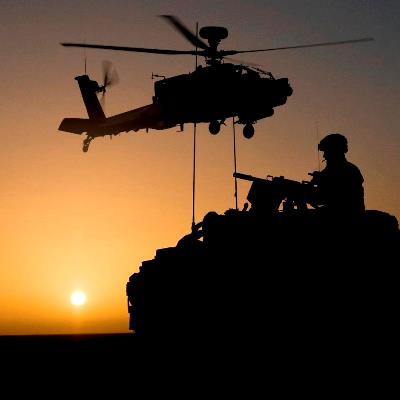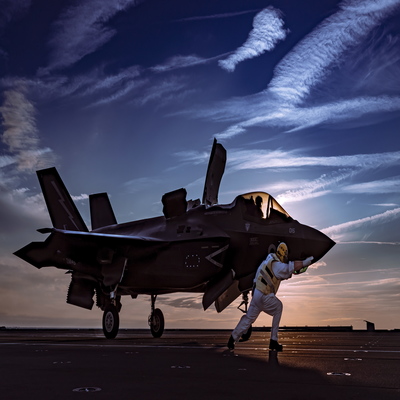To provide the students with an understanding of the principles, concepts and techniques of various key facets of guided weapons (GW) design, including explosives suitable for warheads and propellants in weapon motors, warhead design as a function of the targets and warhead terminal effects, and airframe materials. Also covers their test and evaluation for safety.
At a glance
-
- Dates
-
- Please enquire for course dates
- Duration5 days
- LocationNSWC Crane, Indiana, USA
Course structure
Lectures, Tutorial; Class-basedWhat you will learn
On successful completion of this module a student should be able to:
Knowledge and Understanding:
- Evaluate the structural design principles for GW systems.
- Analyse the influences of vibration and aeroelasticity, and evaluate the principles of thermodynamics and gas dynamics on a GW design.
- Analyse the operating principles and key component design features of air-breathing propulsion systems for GW, including turbojets, turbofans and ramjets.
Skill:
- Perform preliminary-level structural design and stress analysis.
- Analyse a GW aeroelastic mechanical design.
- Critically evaluate the key GW design trade-offs which relate to structures, vibrations and aeroelasticity.
Core content
• Warheads: Introduction to the design of warheads in relation to the type of attacks; review of the characteristics of blast, fragmentation and shaped charges and their effects on the design of warheads; assessment of the effect of different warheads on various types of target; review of the explosives components and the safety and arming systems in guided weapons.
• Explosives/Propellants: Review of explosives suitable for warheads and propellants used in motors; review of the various designs of a range of warheads; evaluation of the methods whereby a requirement for a lethal package may be translated into a design; evaluation of the characteristics of explosives and high explosives.
• Materials: Description of the main failure modes in materials in the guided weapon context; review on composite materials, steels, aluminium alloys and materials for radomes, airframes, nozzles and rocket motor insulation; exploration on the use of radar absorbing materials; description of the hydrodynamic behaviour of materials under high strain rates.
• Terminal Effects: Selection of material’s mechanical and physical properties for both the missile and the warhead components.
• Safety Assessments: Testing and evaluation methods of explosives and materials for the safety assessment of the guided weapons
Read our Professional development (CPD) booking conditions.

